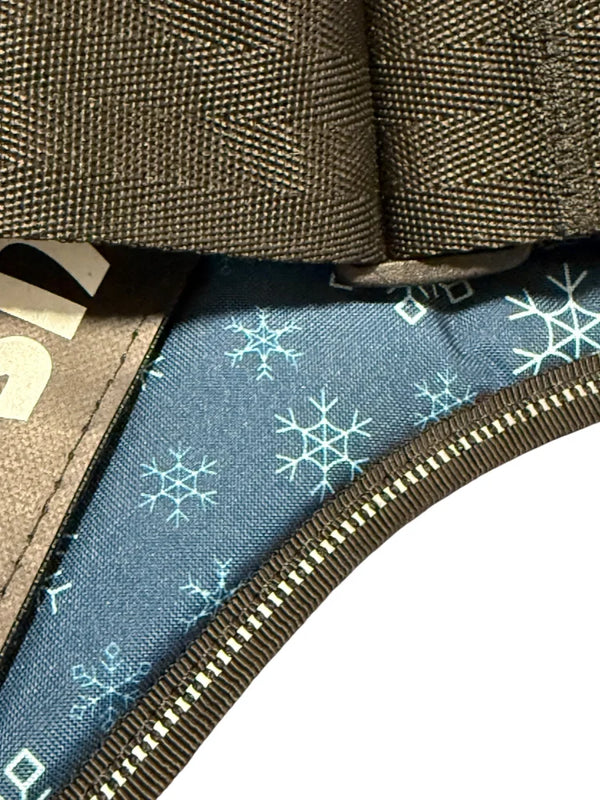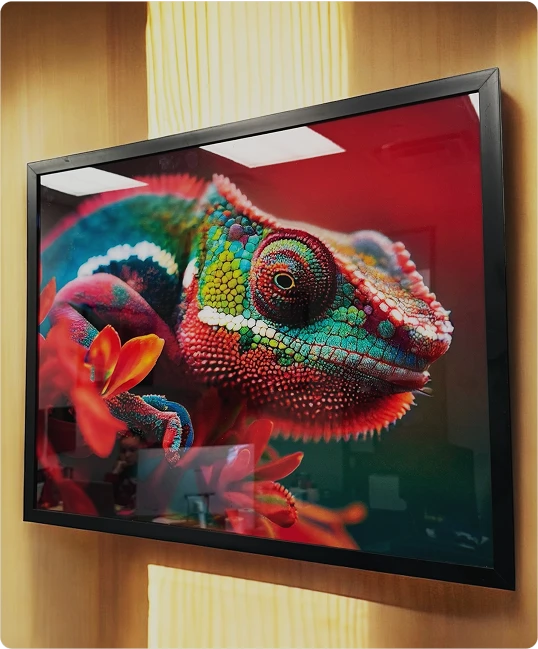
The Different Types of Specialized Dog Training
If you’re looking for new activities to do with your four-legged friend, try out the different types of specialized dog training. While obedience school or agility training is the first thing to come to mind, there are over five main types of dog training. As you start a new type of training with your dog, research the different methods—not all dogs learn the same. Although some pups do great with treats, a stubborn pooch may require a different approach.
Obedience Training
Most owners take their dog to obedience school to learn the basic commands like sit, stay, and of course, recall. However, learning to come when called is vital to your canine’s safety. A dog that does not come when called may run into oncoming traffic or into another animal.
Often, owners take their dog to obedience school early in their pup's life to prevent their dog from picking up destructive behaviors. Obedience training is a good way of reminding a dog who’s boss.
The Benefits
Aside from keeping your dog and others safe, there’s a lot of benefits to obedience training, including:
- Increased bonding time
- Improved control
- A deeper understanding of each other
It’s vital you have control over your dog both vocally and physically. For example, you should have physical control of your pooch on walks, and if your dog breaks away, it should return to you when called. In addition, training allows the two of you to understand one another better since you’ll learn what works for your dog. Likewise, your furry friend will learn your expectations.
Protection Training
After passing obedience school with flying colors, a canine may go through a protection training course if they have the right traits. Protection training teaches dogs how to fearlessly guard their owners against threats such as other animals or strangers. As you begin this type of training, you’ll need specialized equipment; Julius K9 sells the ideal gear for all dogs!
Behavioral Training
Behavioral training is another one of the different types of specialized dog training. Getting your unruly puppy through this training is just as important as obedience school and a bit similar.
During behavioral training, your dog will learn how to act around people and animals. Additionally, you’ll be able to rule out bad behavior like barking and chewing for unruly pups.
Agility Training
Agility training is an amazing way to tire out an overly active pooch! Dogs learn to master different terrains and rely on their senses as they run through the course with you. While you’ll start at a beginner level, your pup can become an expert with enough practice.
The Benefits
If you’re looking to improve your bond with your dog and find a fun way to get active, start running the agility course. Not only does this require physical work from your dog, but it also forces them to think. Your dog must obey your commands and follow your lead to know where to run and what obstacles to do.
Some breeds are better at agility training than others. Also, learn to read your dog’s social cues. A tunnel may seem scary to a first-timer, and if you force your dog into an environment they’re not comfortable with, they may refuse to do this type of training altogether.
Vocational Training
Often hunting, working, and therapy dogs are trained through vocational training as this teaches dogs to carry out specific tasks. For example, K9 officers use this type of training to train a dog to follow particular duties. Vocational training focuses on a particular field, whether it’s service, search and rescue, or something else.
Training Methods
As you begin training your canine, there are various methods you’ll want to consider. You may want to use approaches from scientific-based training methods such as positive and negative reinforcement. The most popular types of dog training include:
- Alpha training
- Positive reinforcement training
- Model-Rival training
- Relationship-based training
Remember, each breed group and dog respond differently to training. Some breeds are sensitive and won’t do well with harsh punishments, while others are stubborn and hard to teach.
Alpha Training Method
Remind your dog who’s boss. Alpha training relies on pack mentality, and it’s important you remind your dog that you’re the alpha of this pack. Instill this in your dog by making them follow your command to get what they want. For example, make your dog sit and calmly wait before you put their food bowl down. Your dog shouldn’t get up until you give the okay.
Positive Reinforcement Training Method
Many people utilize positive reinforcement training—they give their pup a treat when it listens. The goal of positive reinforcement training is to reward positive behavior and ignore negative behavior. When your dog sits on command, praise it. However, if your dog jumps on you or other guests, ignore your canine completely.
Why Ignore Negative Behavior
By doing nothing, you show your dog bad behavior gets them nowhere. Keep in mind this doesn’t mean carelessness. If you see your dog doing something that could put it or others in danger, you must reprimand your pup.
Model-Rival Training Method
Also known as mirror training, this allows your dog to learn through observation. Just like children, dogs can learn by example. Some dogs learn by watching other canines carry out specific tasks. So if you want to train a puppy to sit, you have it watch an older dog follow the command.
Model-Rival training is a bit experimental compared to other methods. If you decide to use this method to train your pup, make sure you’re patient, ready for a lot of practice, and have an environment with few distractions.
Relationship-Based Training Method
Relationship-based training is great and helps improve your bond with your dog, as it requires you to read your dog’s body language. If you plan to do agility training with your dog, a relationship-based training method may work best.
By catering to your dog and its abilities, you ensure your pooch learns without stress, so the two of you have a positive experience!
Before you start training your dog, try out different methods and use what works best. Your dog may be hard to train if you’re using a technique that doesn't work for it. Regardless of what type of specialized training you do with your furry friend, you’ll need a collar, harness, and leash to keep your dog near. Julius K9 sells dog supplies ranging from a working dog harness to jogging leashes, so you can train your dog with ease!




